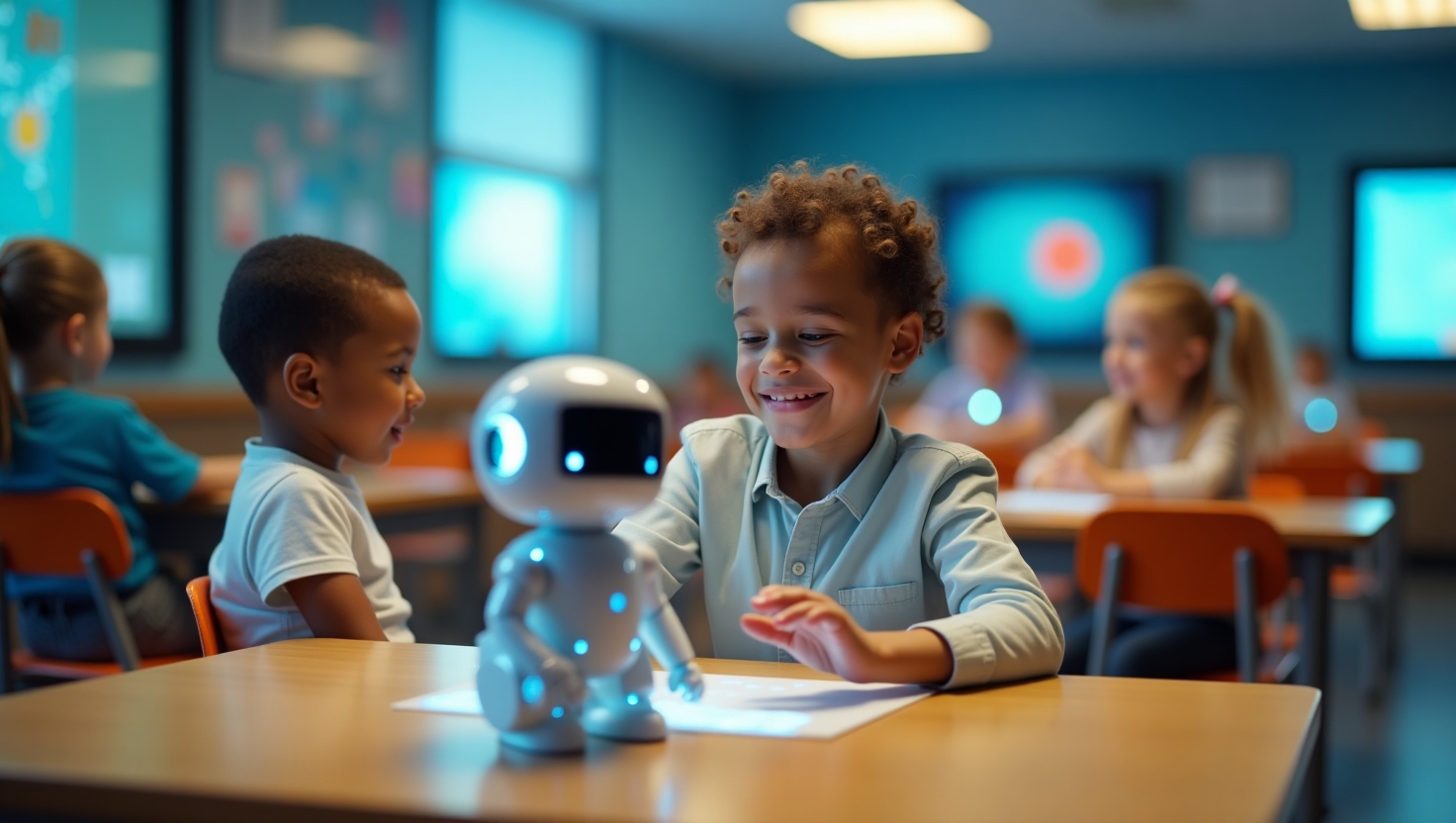The Rise of AI Toys: Transforming Playtime for Children
Introduction
In the rapidly evolving landscape of modern playtime, AI Toys are making a significant impact. These technologically advanced playmates combine artificial intelligence with creativity, offering children interactive, engaging experiences that traditional toys simply cannot match. As the fusion of AI and playtime gains momentum, there is a growing interest among parents and educational psychologists in understanding the benefits and challenges these toys bring to the playroom.
Background
The introduction of AI technology into children’s toys marks a revolutionary shift in how playtime is conceived and experienced. Initially, the toy industry saw simple automated dolls or toy cars, but today, the inclusion of sophisticated AI elements such as voice assistants and chatbots has opened new avenues for interactive play. For instance, products like BubblePal and FoloToy are paving the way for an innovative play experience that combines learning and fun seamlessly. By incorporating AI components, toys can respond to children, engage them in conversation, and even assist in educational tasks, cementing their role in both leisure and learning contexts.
Children’s AI Toys not only entertain but also enhance cognitive development by encouraging problem-solving and critical thinking. This aspect of AI in Playtime has resonated with parents, pushing the toy industry to continuously adapt and integrate more complex AI features in new toy releases.
Current Trends in AI Toys
Currently, a wide range of AI toys is available on the market, each offering unique features. For example, BubblePal has achieved remarkable sales, with 200,000 units sold since its launch last summer[^1]. Similarly, FoloToy projects sales of 300,000 units this year, emphasizing the growing popularity of Children’s AI Toys[^1]. Notably, the burgeoning demand in China’s Toy Market has set a precedent for how these toys are perceived and purchased globally.
Feedback from parents has been varied. While the novelty and educational value of these toys are often praised, there have been reports of technical glitches and functionality issues that dampen the user experience. This feedback loop is essential for manufacturers who are striving to improve the quality and functionality of AI toys.
Insights from China’s Toy Market
China plays a pivotal role in the global market surge of AI toys, further highlighted by product introductions to the U.S market[^1]. Companies in China are not only responding to consumer demand but also actively seeking improvements to enhance the usability and functionality of their toys.
Cultural differences significantly impact the acceptance of AI toys. For instance, toys that are well-received in China may require modifications to suit Western preferences in terms of design and educational content. This adaptability is critical for the successful globalization of AI toys.
Forecast for AI Toys
Looking ahead, the future of AI toys appears promising. A recent report predicts that the sector will surpass ¥100 billion (approximately $14 billion) by 2030[^1]. This massive growth is driven by technological advancements such as improved AI algorithms and the integration of augmented reality features that promise even more immersive play experiences.
These innovations could alter how parents select toys, emphasizing functionality, educational potential, and the ability to sustain a child’s interest over time. As AI toys become more sophisticated, they hold the potential to revolutionize early childhood education and engagement.
Call to Action
As the AI toy industry continues to evolve, parents are encouraged to explore these innovative options for their children’s playtime needs. When choosing AI toys, consider factors like age-appropriateness, educational content, and the toy’s ability to grow with your child’s interests.
For those curious about diving into the world of AI toys, resources and suggestions for popular models like BubblePal and FoloToy can be found through recommended retail channels and online reviews[^1]. This exploration can unveil new horizons for children’s playtime, blending fun with learning in unprecedented ways.
[^1]: [\”https://www.technologyreview.com/2025/10/07/1125191/ai-toys-in-china/\”]
